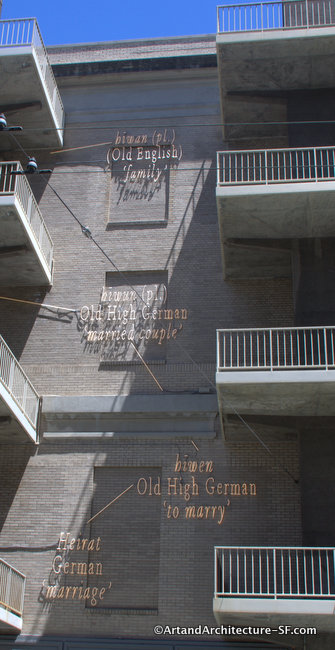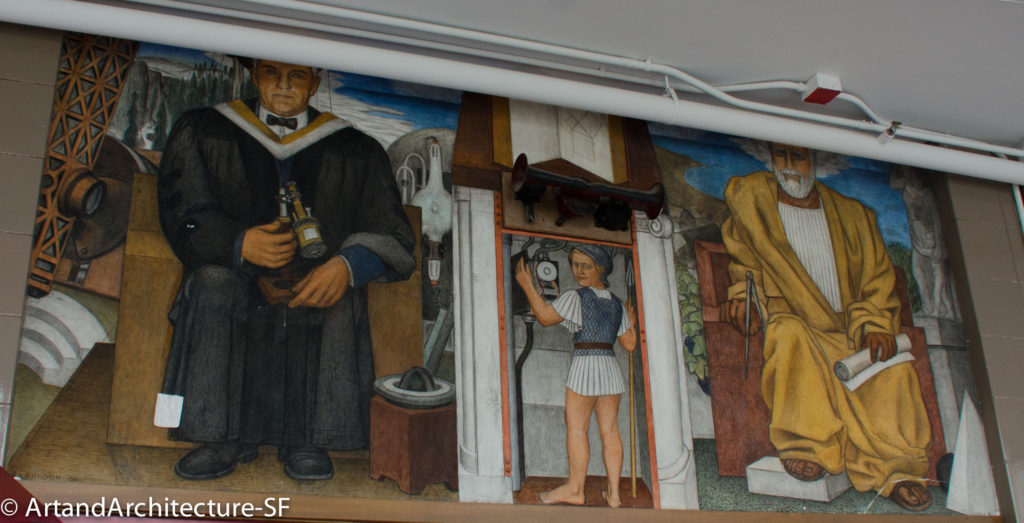Marina District

This plaque marks the site of the MARINA AIR FIELD. The First terminus of the UNITED STATES POST OFFICE DEPT. TRANS-CONTINENTAL AIRMAIL SERVICE The first scheduled mail-plane landed her September 9, 1920. Presented by the Air Mail Pioneers Inc.
This airfield was originally part of the 1915 Pan Pacific International Exhibition (PPIE). During the 266 days the Exposition ran the field was used several times a day.

Lincoln Beachey flying over the PPIE
Aviator, stunt pilot, and native San Franciscan, Lincoln Beachey had been a main attraction of the fair, however, he was tragically killed performing at the fair.
From Disciples of Flight.com:
“On March 1915, a crowd of 50,000 gathered in the fairgrounds to watch Lincoln J. Beachey’s spectacular flying stunts, with another 200,000 spectators packed into the surrounding hills for a free viewing. This event would unveil Lincoln’s latest and most powerful plane yet, the Beachey-Eaton Monoplane, capable of flying at over 100 mph. The event began successfully, with Lincoln guiding the monoplane high over Alcatraz Island and the San Francisco bay, completing a loop the loop or two to get the crowd going.
Amongst the deafening cheers of the onlookers, Lincoln turned the plane onto its back in possible preparation for an inverse loop, just 3,000’ over the water. The plane began to sink in the air, and Lincoln attempted to salvage the situation by turning the plane 180 degrees onto its belly, but the strain of the maneuver cracked the rear spars, and the force of the air against the wing of the monoplane cracked it down the middle with a bone-rattling sound, allowing the wind to rip the wings completely from the body of the plane.
Now, locked in a nose-dive from which he could not escape, Lincoln and his mangled monoplane crashed against the surface of the bay, quickly sinking into the freezing water.
It would take rescuers nearly two hours to find the body of Lincoln, still strapped tightly to his monoplane, which was discovered close to the shore of the bay near Fillmore Hill, bringing him back to where his fatal love of flying began.”
Lincoln Beachey had a fascinating career, which has been documented very thoroughly at DisciplesofFlight.com
After Beachey’s death the organizers of the Exposition weren’t sure if this type of entertainment should continue. Then Art Smith strapped fireworks to the back of his bi-plane and took off at night for the first of a series of spectacular performances defined by his aeronautical prowess in his execution of looping-the-loop, rolling over sideways, and a startling series of spins, drops, and dips.
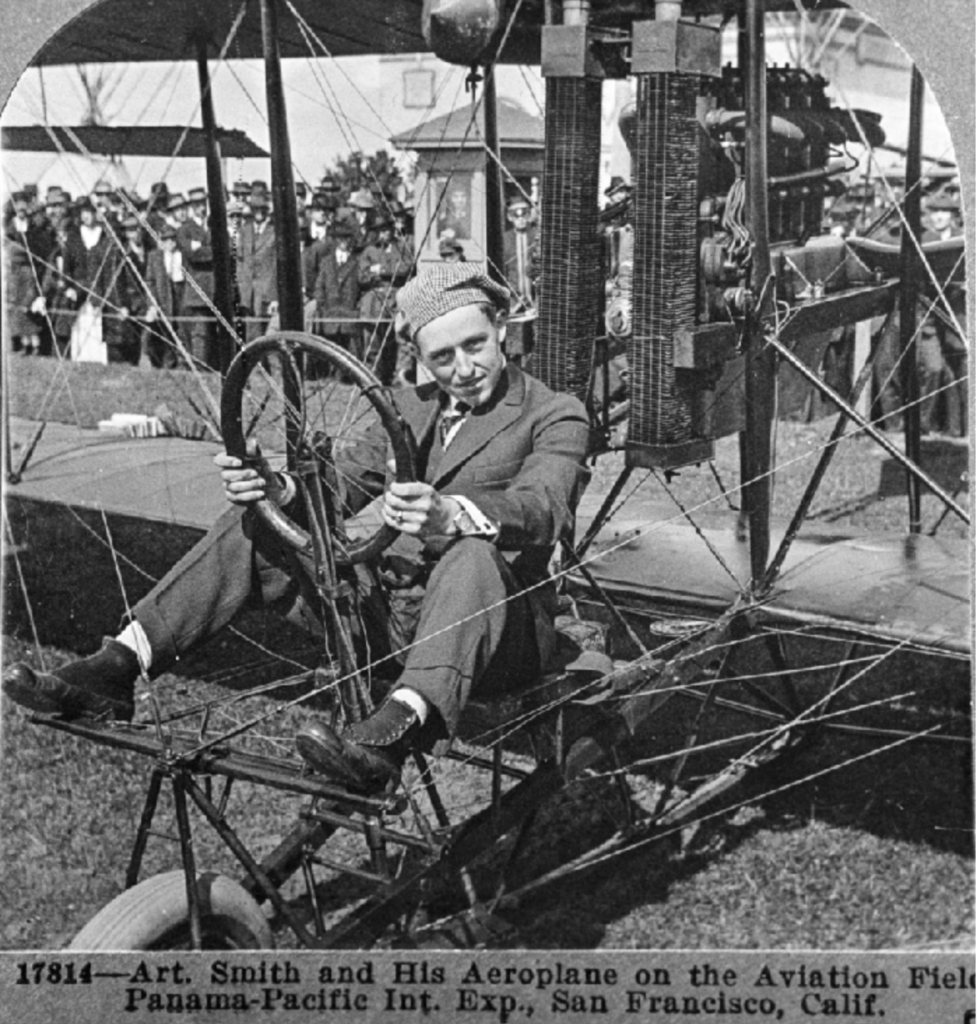
From September 9, 1920 through 1944, Marina Green served as Montgomery Airfield named in honor of pioneer aviator and native Californian, John J. Montgomery and also as Marina Airfield when it was the first terminus of the United States Post Office celebrated in the plaque found on the green.
The field was one half mile west of Fort Mason along the edge of the bay. Its was unpaved and ran 1500′ east/west by 500′ north/ south and had gas and oil available on the field.
A September 11, 1920 article in the New York Times stated: “Carrying 700 pounds of mail,the first transcontinental postal airplane to leave San Francisco cleared from the Marina Field at 6:15 A.M.
Raymond Little was the pilot.”
This site was abandoned within 2 years and mail service was moved a short distance away to Crissy Field.
On the other side of the pedestal can be found this plaque
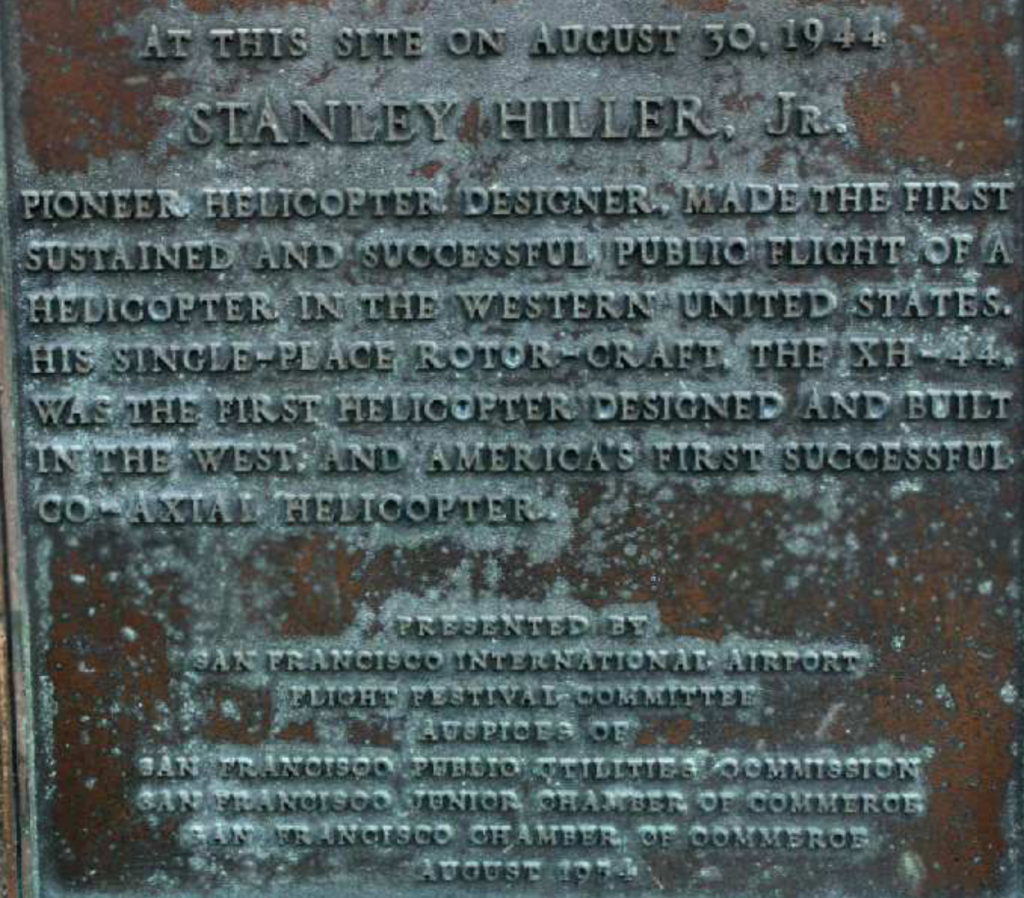
“At this site on 8/30/44, Stanley Hiller Jr., pioneer helicopter designer, made the first sustained & successful public flight of a helicopter in the western United States. His single-place rotorcraft, the XH-44, was the first helicopter designed & built in the west, and America’s first successful co-axial helicopter. Presented by San Francisco International Airport Flight Festival Committee, August 1954.”
The Marina Green served as the location for the first flights of the Hiller XH-44 helicopter, the first coaxial helicopter to fly in America, an aircraft currently in the collection of the Smithsonian Institution. The first actual trial of the Hiller was in Memorial Stadium in Berkeley, California, just across the Bay.

The Hiller-Copter being tried out by its owner and another San Francisco native, Stanley Hiller Jr.

The plaques are on the flagpool pedestal that can be seen in the distance on the right at approximately 435 Marina Boulevard.



 At 19 Kwade moved to Berlin where she studied sculpture at the University of the Arts (UdK) in Berlin from 1999 to 2005. In 2002, Kwade spent an Erasmus year at Chelsea College of Arts in London. She lives and works in Berlin.
At 19 Kwade moved to Berlin where she studied sculpture at the University of the Arts (UdK) in Berlin from 1999 to 2005. In 2002, Kwade spent an Erasmus year at Chelsea College of Arts in London. She lives and works in Berlin.

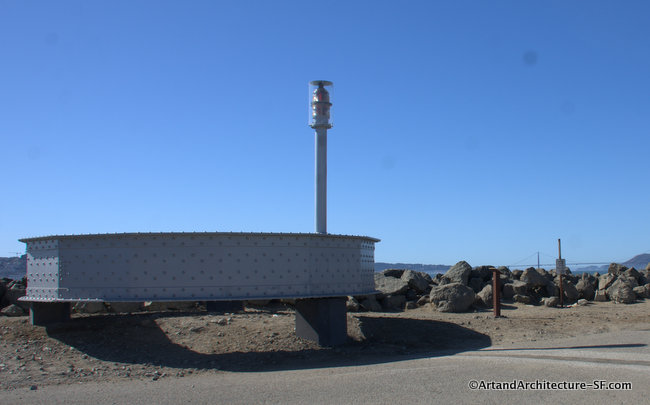
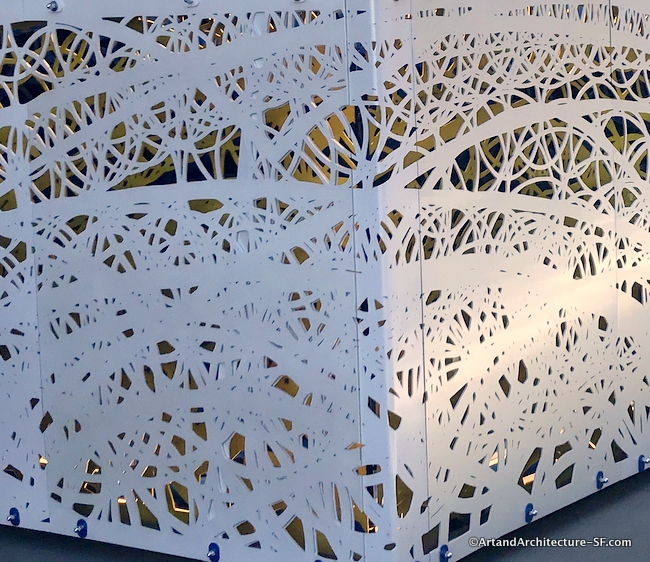




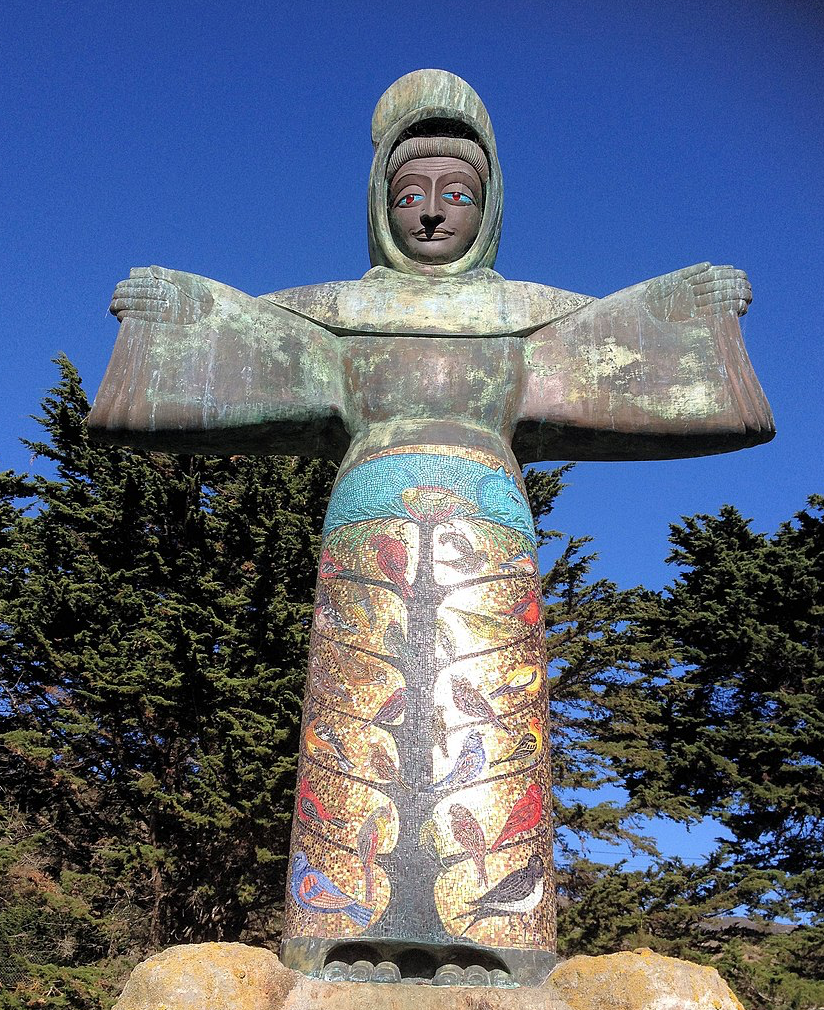









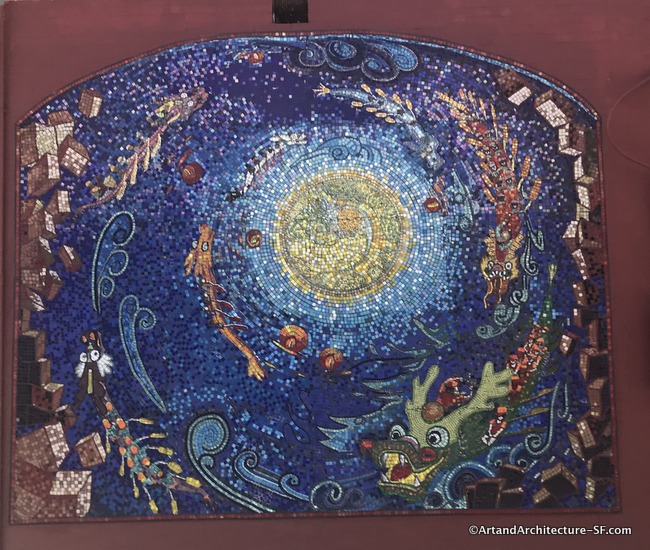



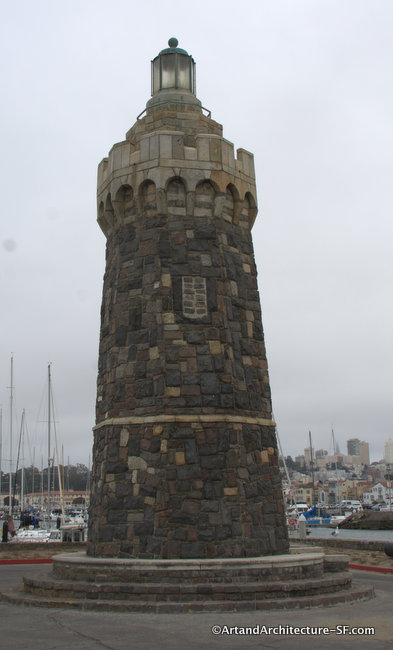
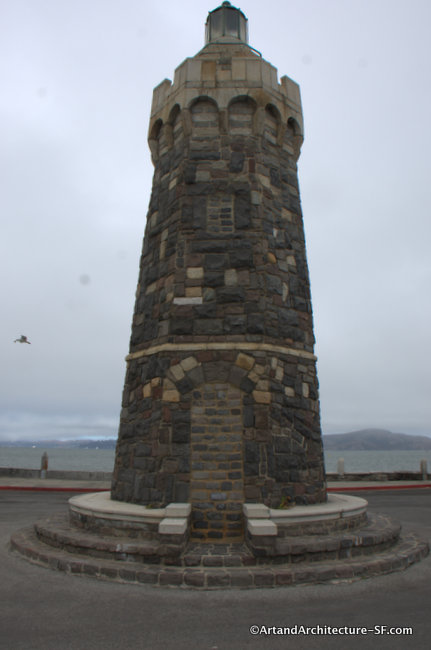
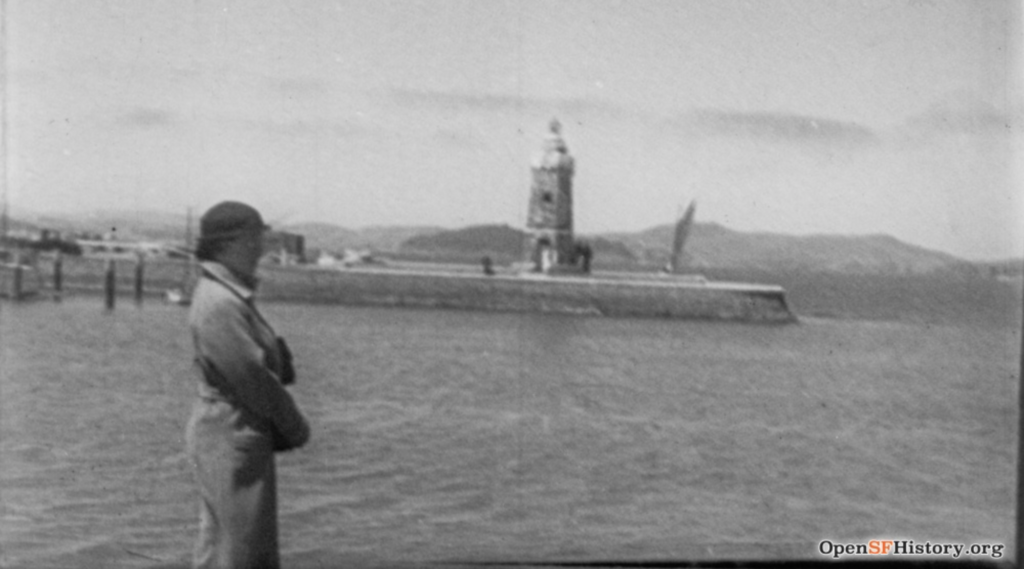
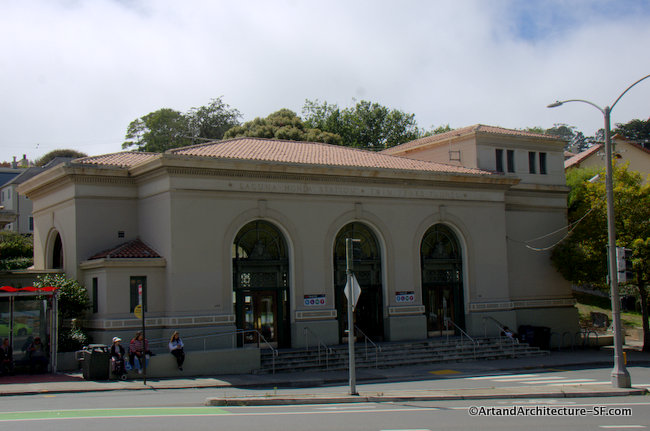
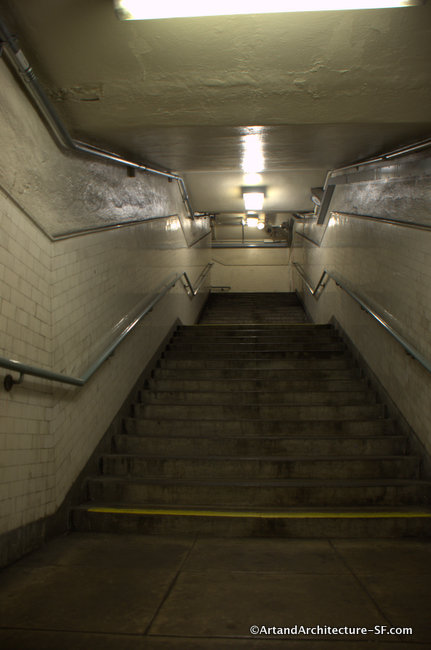




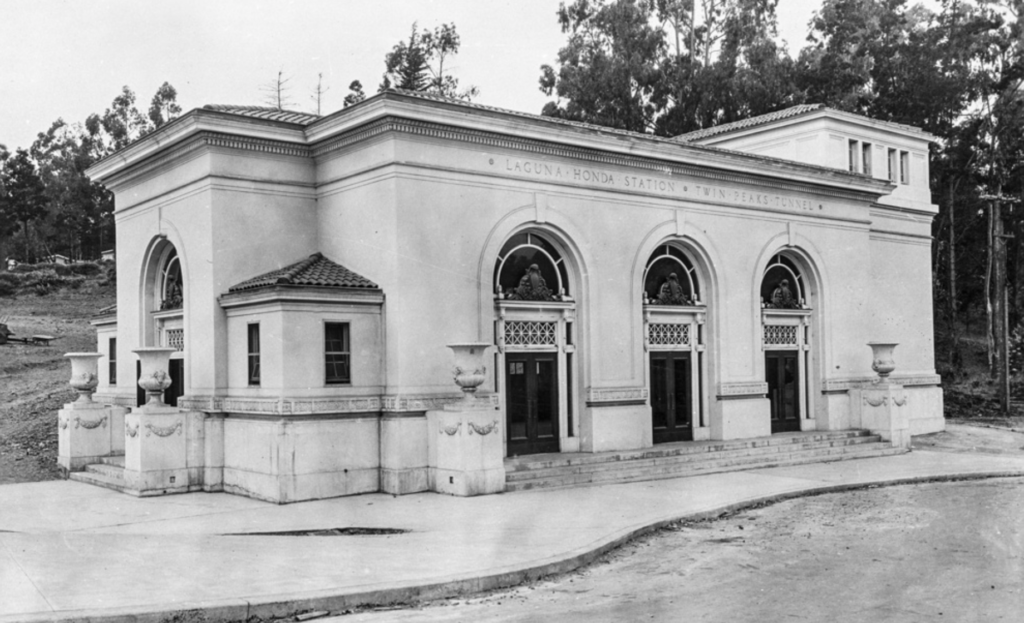
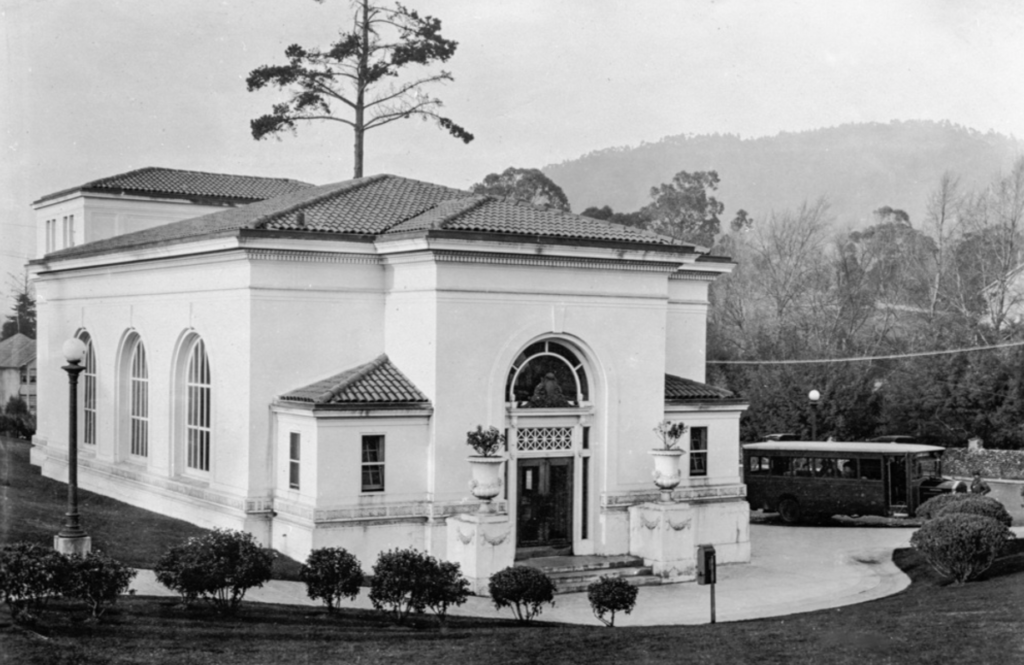




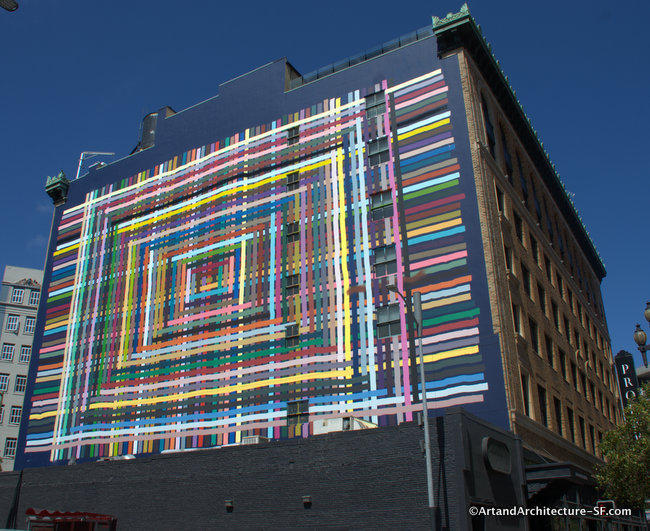

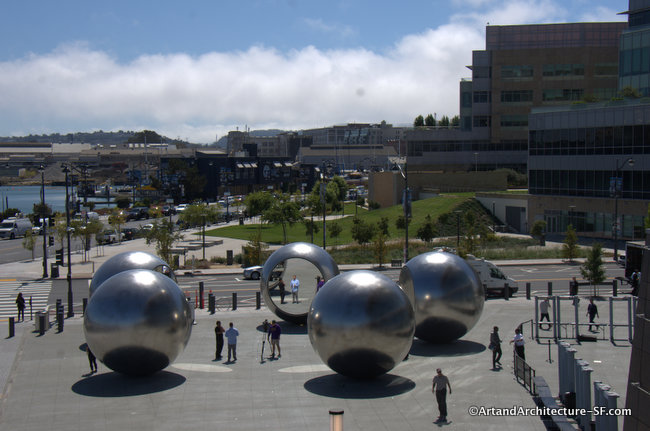
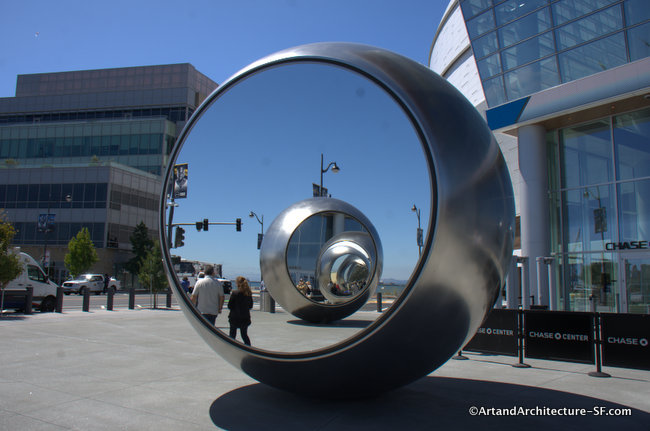 The mirrored surfaces all point towards each other creating an environment of multilayered, reflected spaces in which the objects and people appear over and over visible from various unexpected angles. Standing at different places in the center of the circle of spheres will give the viewer a unique view of either themselves or of the mirrors reflecting into each other.
The mirrored surfaces all point towards each other creating an environment of multilayered, reflected spaces in which the objects and people appear over and over visible from various unexpected angles. Standing at different places in the center of the circle of spheres will give the viewer a unique view of either themselves or of the mirrors reflecting into each other.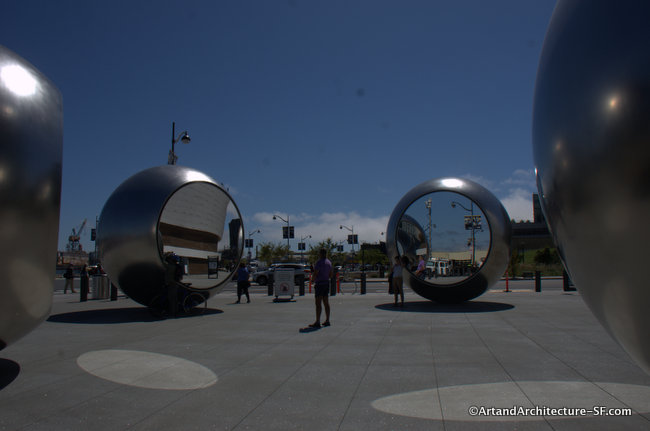 Eliasson was born in 1967. He grew up in Iceland and Denmark and studied from 1989 to 1995 at the Royal Danish Academy of Fine Arts. In 1995, he moved to Berlin and founded Studio Olafur Eliasson, which today comprises more than one hundred team members, including craftsmen, architects, archivists, researchers, administrators, cooks, programmers, art historians, and specialized technicians. As a professor at the Berlin University of the Arts, Eliasson led the Institut für Raumexperimente (Institute for Spatial Experiments from 2009–2014.
Eliasson was born in 1967. He grew up in Iceland and Denmark and studied from 1989 to 1995 at the Royal Danish Academy of Fine Arts. In 1995, he moved to Berlin and founded Studio Olafur Eliasson, which today comprises more than one hundred team members, including craftsmen, architects, archivists, researchers, administrators, cooks, programmers, art historians, and specialized technicians. As a professor at the Berlin University of the Arts, Eliasson led the Institut für Raumexperimente (Institute for Spatial Experiments from 2009–2014.


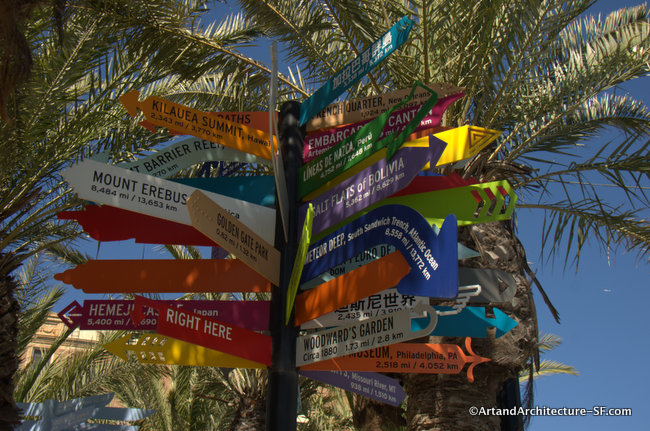

 *
*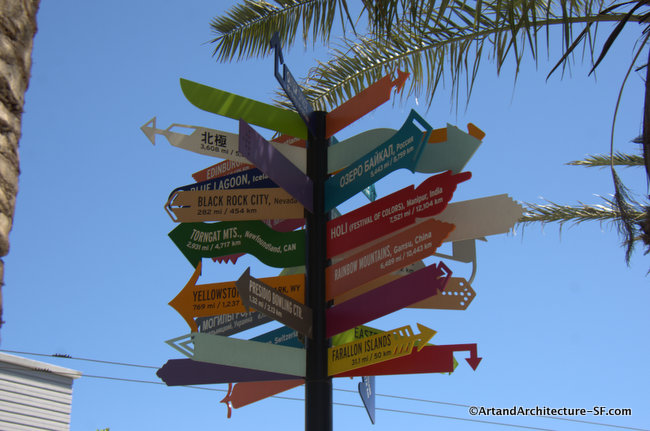

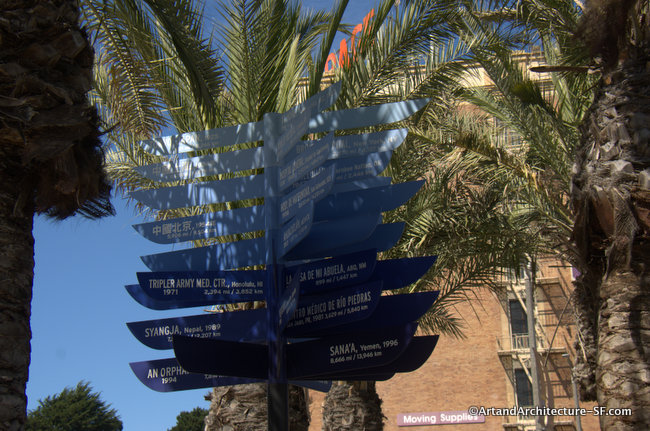
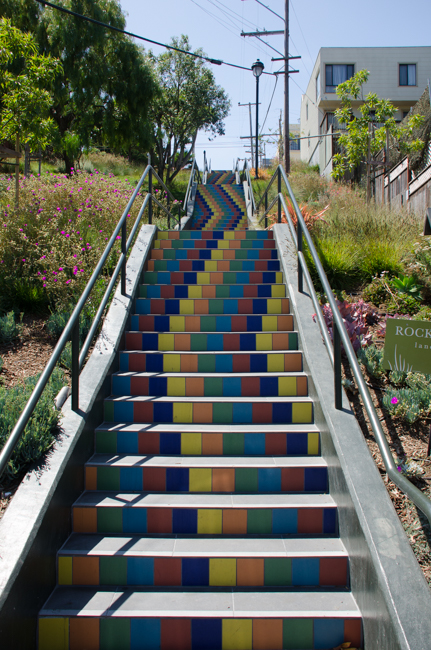




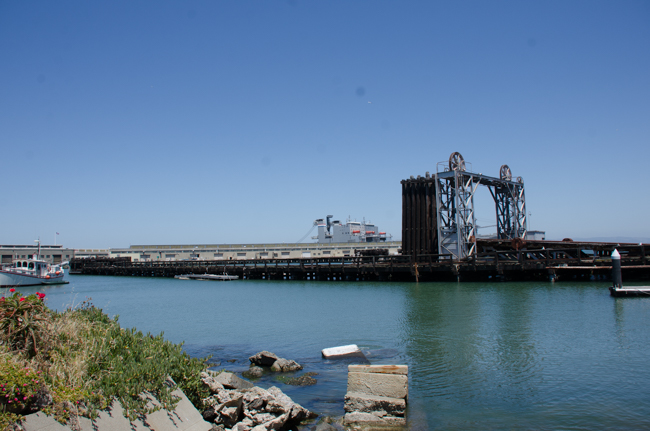 Built in 1950, not much remains of the ATSF Car Ferry Slip. What does remain consists of a large, fork-shaped pier covered in wood decking. Near the mid-point of the structure is a large, steel-frame freight tower consisting of a pair of smaller metal truss towers, each capped by a pulley wheel.
Built in 1950, not much remains of the ATSF Car Ferry Slip. What does remain consists of a large, fork-shaped pier covered in wood decking. Near the mid-point of the structure is a large, steel-frame freight tower consisting of a pair of smaller metal truss towers, each capped by a pulley wheel.
 Most traffic would be taken across the bay to Oakland or Richmond for connection with the major transcontinental rail lines, with a small amount of traffic for California’s northern coastal region passed through a slip at Tiburon on Richardson Bay.
Most traffic would be taken across the bay to Oakland or Richmond for connection with the major transcontinental rail lines, with a small amount of traffic for California’s northern coastal region passed through a slip at Tiburon on Richardson Bay.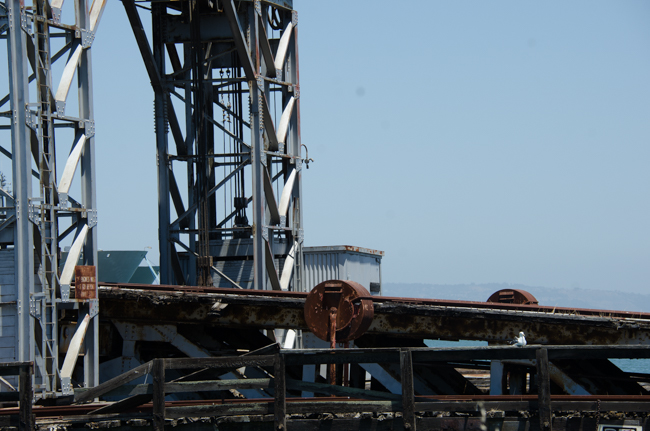


 *
*








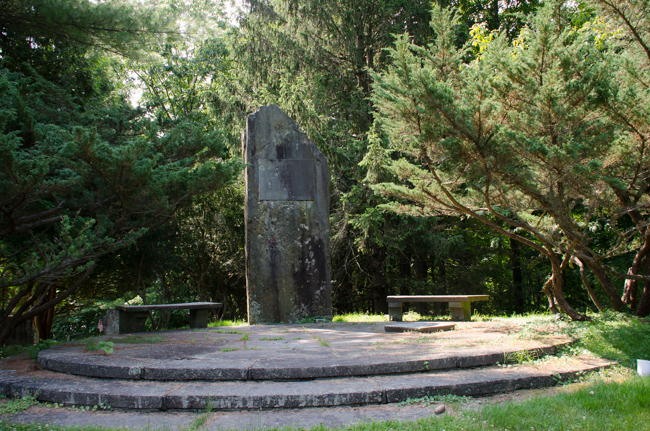







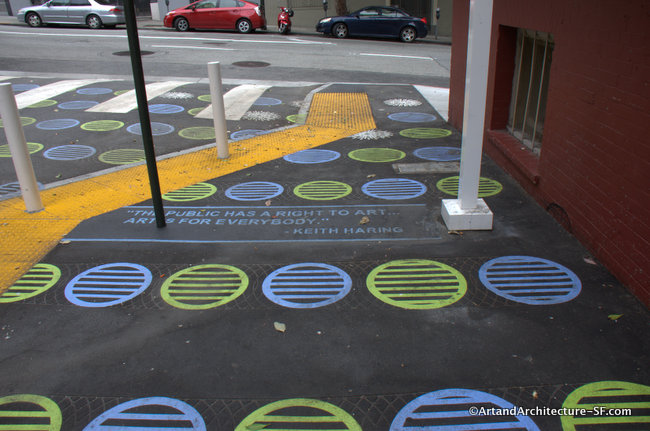

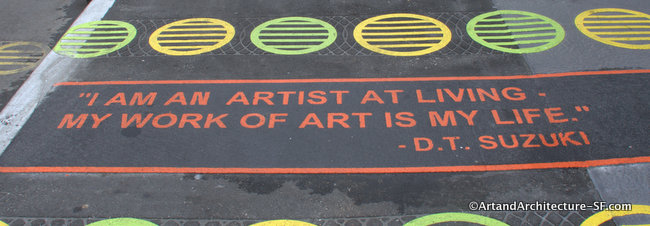
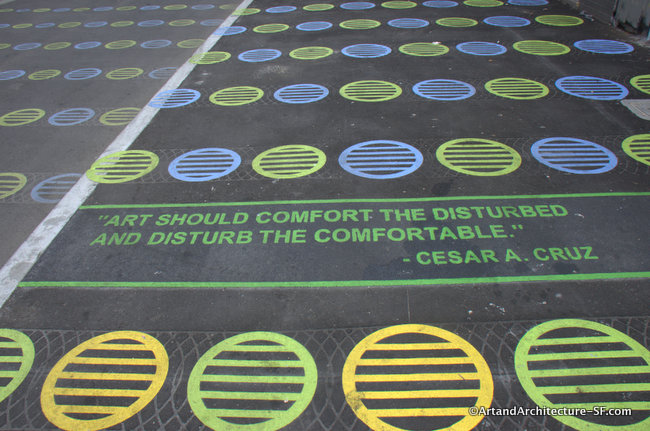

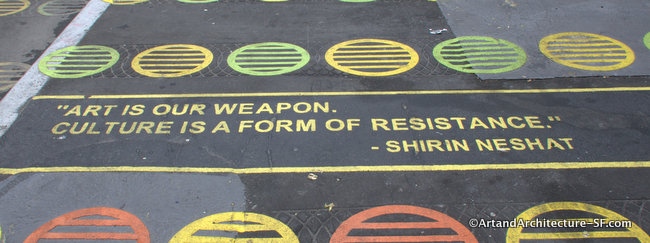



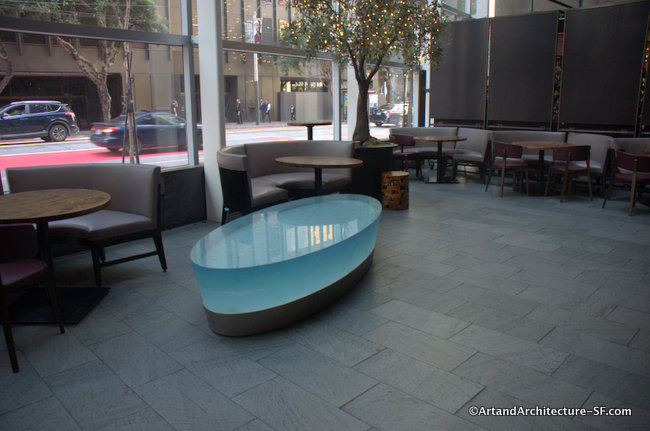


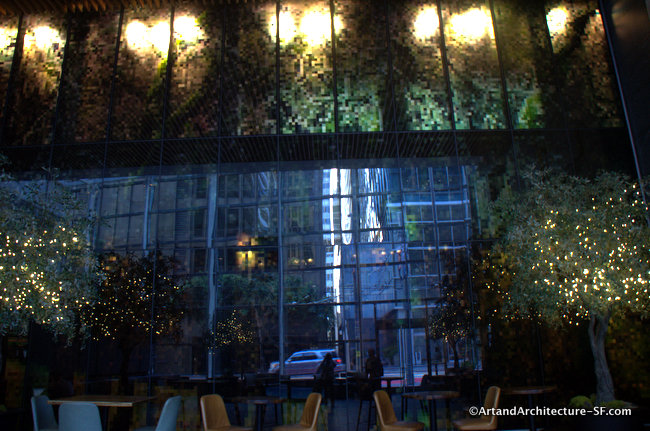
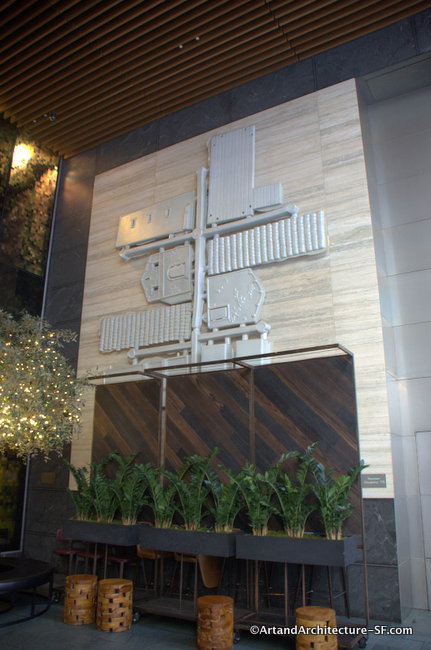
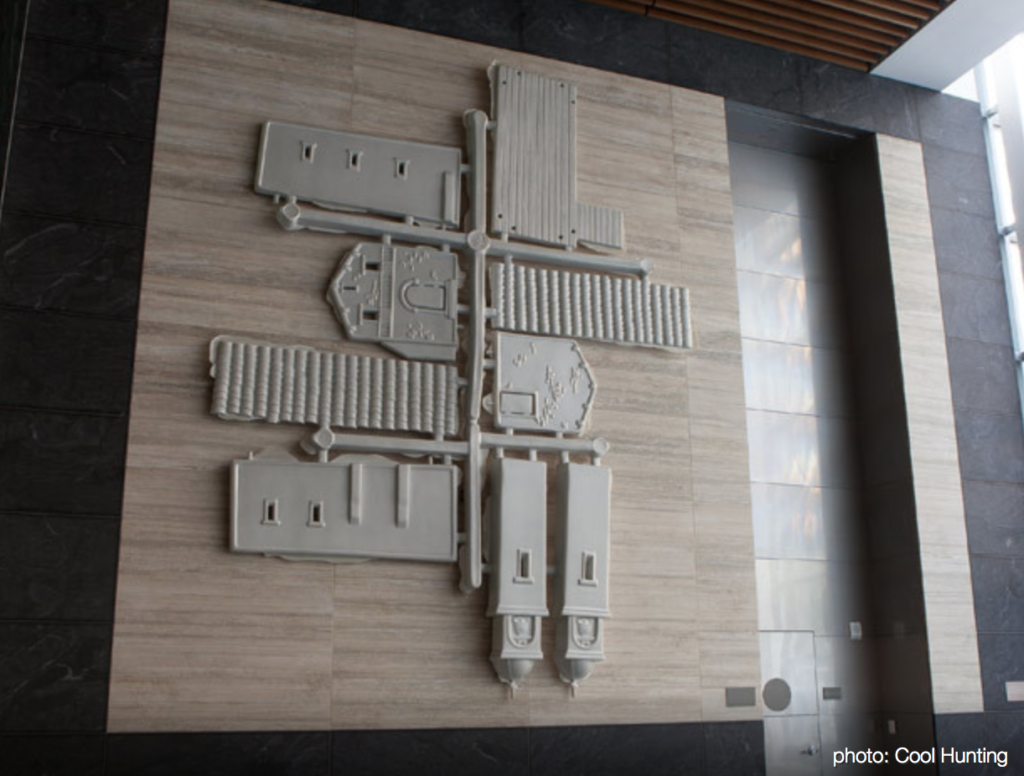
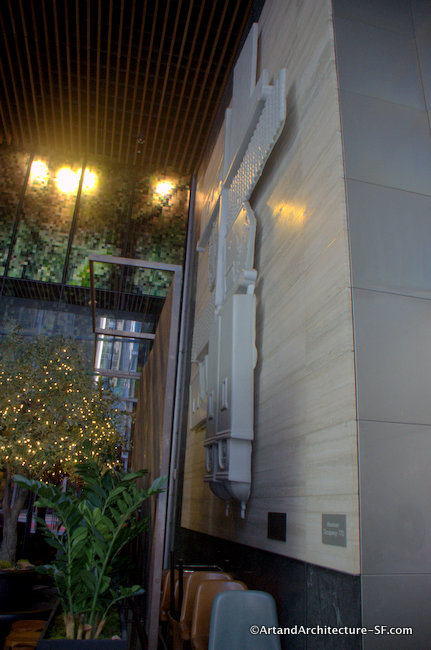

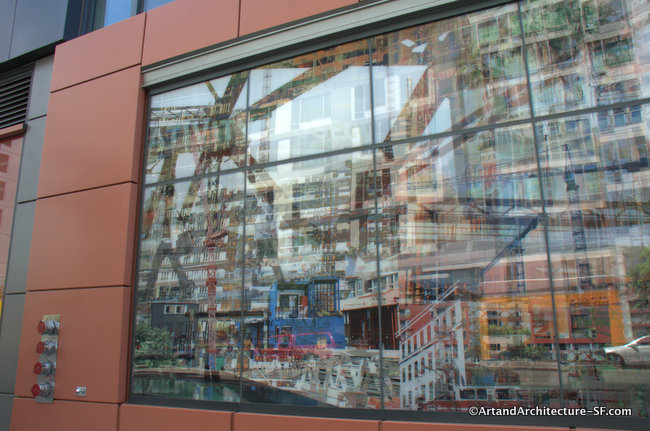





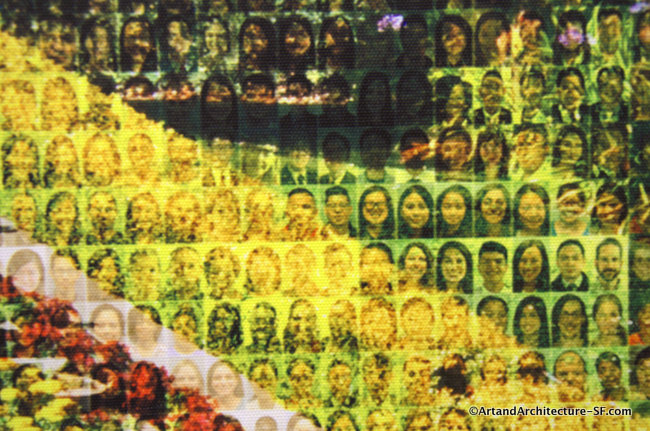
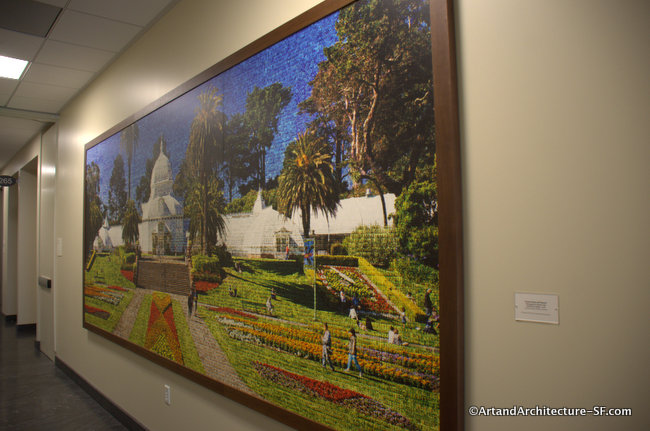

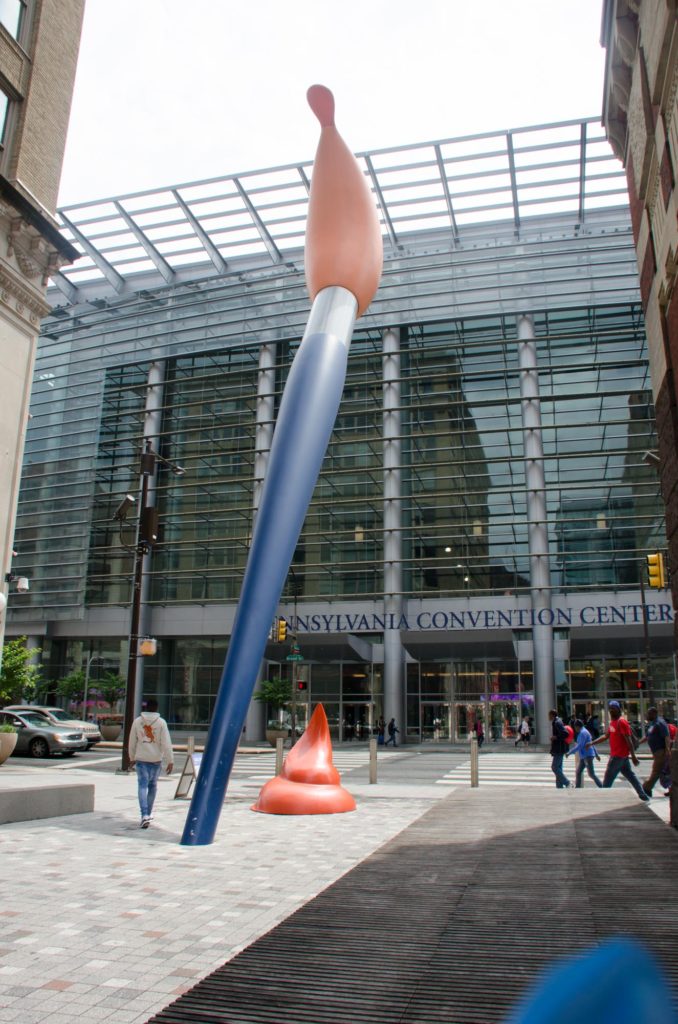
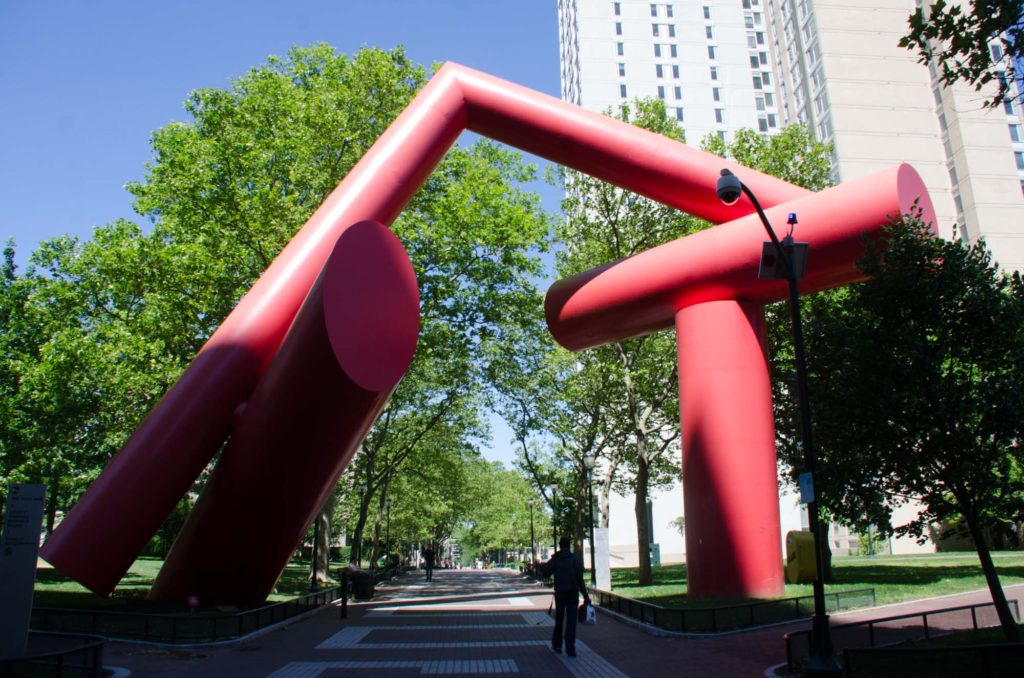
 Alexander Semeonovitch Liberman (September 4, 1912 – November 19, 1999) was a Russian-American magazine editor, publisher, painter, photographer, and sculptor. He held senior artistic positions during his 32 years at Condé Nast Publications.
Alexander Semeonovitch Liberman (September 4, 1912 – November 19, 1999) was a Russian-American magazine editor, publisher, painter, photographer, and sculptor. He held senior artistic positions during his 32 years at Condé Nast Publications. Liberman was born in a Jewish family in Kiev. When his father took a post advising the Soviet government, the family moved to Moscow. Life there became difficult, and his father secured permission from Lenin and the Politburo to take his son to London in 1921.
Liberman was born in a Jewish family in Kiev. When his father took a post advising the Soviet government, the family moved to Moscow. Life there became difficult, and his father secured permission from Lenin and the Politburo to take his son to London in 1921.




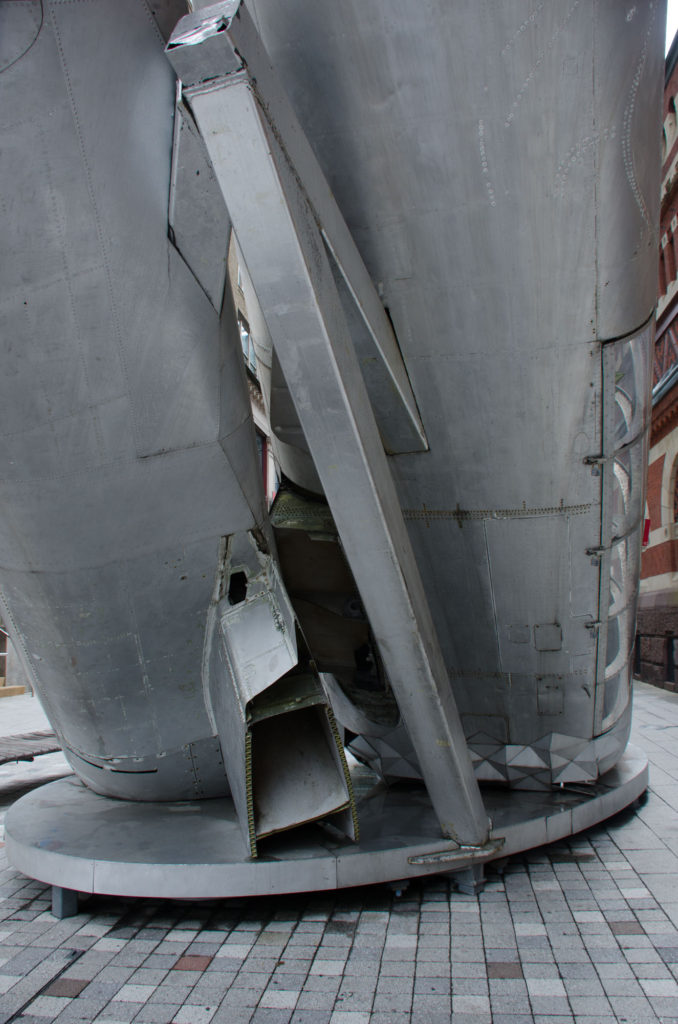

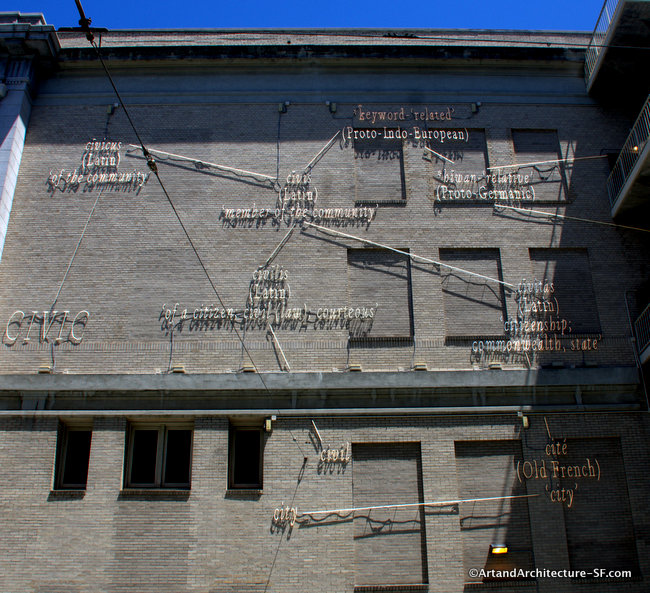 The Emerald Fund was responsible for two residential buildings that have views of this art piece. The Public Art Trust provides private developers with projects in various zoning districts options regarding the use of their 1%-for-art requirement. Developers may contribute all or a portion of their requirement to the Public Art Trust to be used at the discretion of the San Francisco Arts Commission.
The Emerald Fund was responsible for two residential buildings that have views of this art piece. The Public Art Trust provides private developers with projects in various zoning districts options regarding the use of their 1%-for-art requirement. Developers may contribute all or a portion of their requirement to the Public Art Trust to be used at the discretion of the San Francisco Arts Commission.
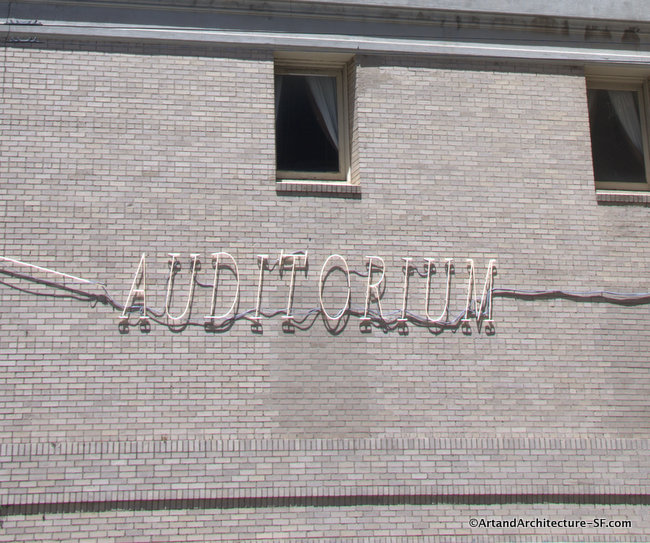
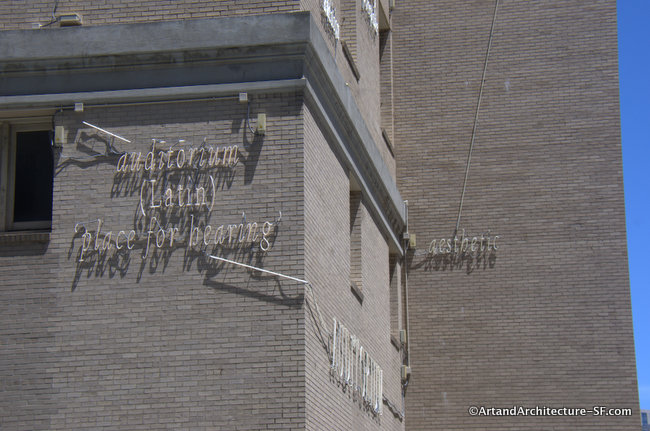
 According to Kosuth, “The essence of this building and the historic plaza of which it is part is what I have tried to address in this public artwork. The basis of this project is language itself. It is a work that is both a reflection on its own construction as well as on the history and culture of its own location…
According to Kosuth, “The essence of this building and the historic plaza of which it is part is what I have tried to address in this public artwork. The basis of this project is language itself. It is a work that is both a reflection on its own construction as well as on the history and culture of its own location…